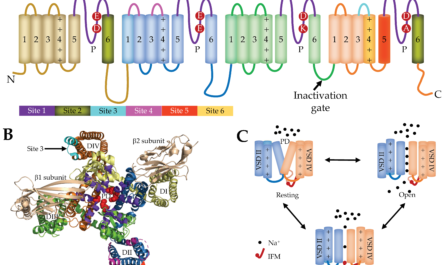A PhD candidate at the University of Technology Sydney (UTS) Centre for Forensic Science, Harry Fursman, is making significant strides in preventing harm to people who use drugs. Fursman is currently testing a new handheld device that can rapidly and accurately identify drug specimens, as well as conducting chemical analysis of used syringes.
The issue of drugs that are contaminated or substituted with unexpected substances is a leading cause of death among drug users. In a recent incident in Sydney, one person died and two others were hospitalized due to heroin overdoses after mistakenly using what they believed to be cocaine. Fursman aims to address this significant risk by providing objective insights into current trends and consumption habits among drug users.
Fursman will present his research on substance testing at the upcoming International Association of Forensic Sciences (IAFS) conference in Sydney on November 20-24. His current focus is on testing a small handheld device called the MicroNIR, which utilizes near-infrared technology to rapidly and accurately identify and quantify suspected drug specimens. Fursman intends to test this technology in Australian contexts to assess its usability, costs, and accuracy for operational implementation.
It was important to optimize the device for use in Australia, as the machine learning models used to develop it were trained with drugs of different chemical compositions than those typically seen in the country. However, initial testing showed that the MicroNIR is highly accurate, correctly predicting the identity of suspected drugs over 95% of the time and providing accurate purity estimates.
The device can collect accurate data by directly contacting a small amount of the substance or by scanning through a plastic bag or glass container. This feature helps minimize risk to the person testing the drugs. The MicroNIR is already being used in several countries, and Fursman hopes to see its adoption in Australia for both law enforcement and drug testing services at supervised injecting facilities, music festivals, and clubs.
In addition to testing the MicroNIR device, Fursman is also conducting ongoing chemical analyses of used syringes at the Sydney Medically Supervised Injecting Centre (MSIC). The aim of this research is to determine if drug users are injecting what they believe they are and to identify trends in injected substances over time.
Fursman’s research addresses a critical issue affecting drug users, health professionals, and policymakers. By providing accurate information on the drugs being used, these findings empower individuals to make informed decisions and promote safer drug use practices. The potential integration of the MicroNIR into frontline policing and healthcare settings offers increased efficiency, safety, and decision-making in the fight against drug-related harm.
By collaborating closely with industry partners, including the MSIC, Fursman’s research aims to provide real-world solutions and drive meaningful change towards a safer and more informed society.
*Note:
1. Source: Coherent Market Insights, Public sources, Desk research
2. We have leveraged AI tools to mine information and compile it




